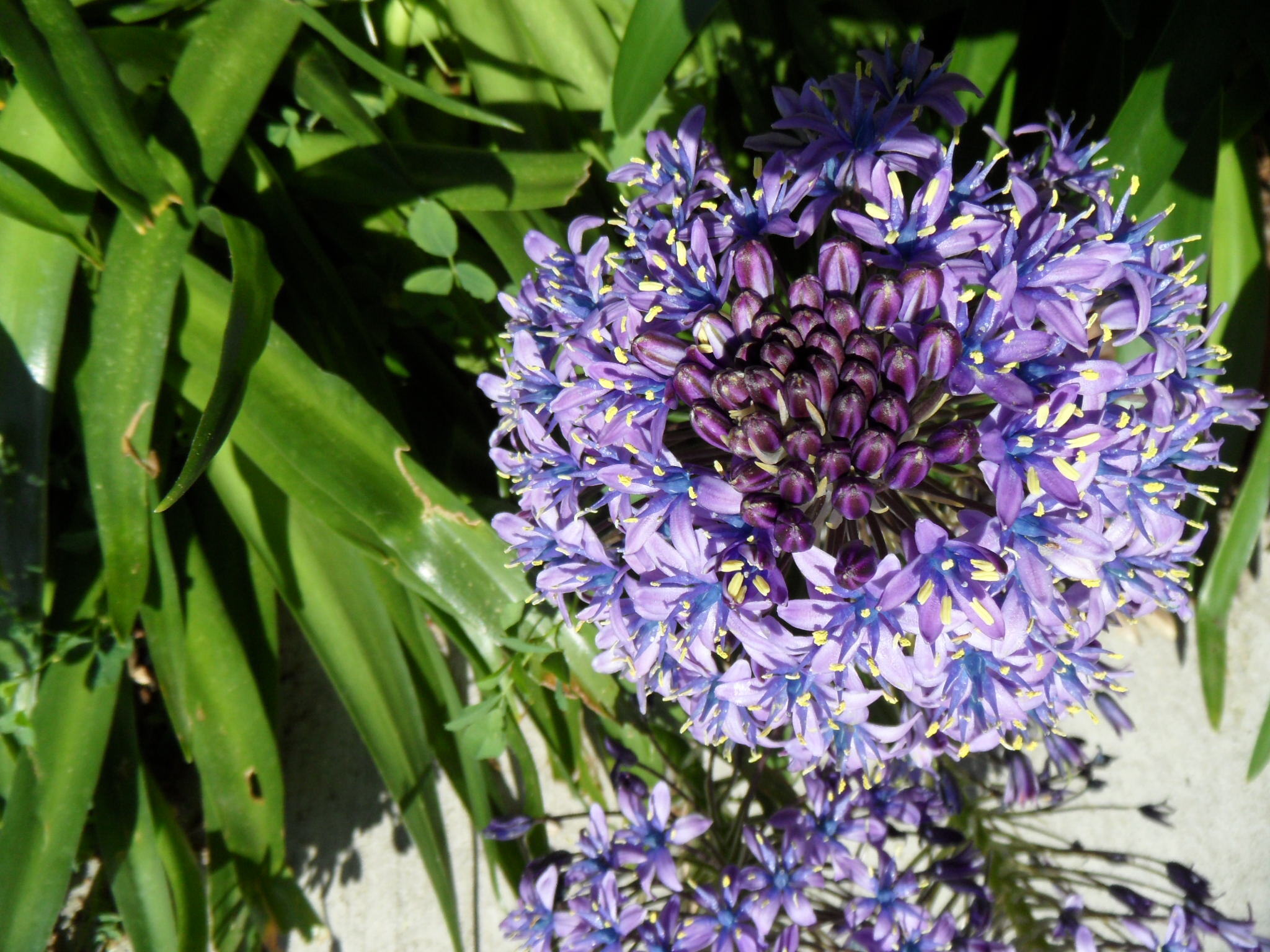
Ancient Greek name for the plant Urginea maritima.
Perennial, bulbous herb, bulb scaly. Leaves basal, linear to broad. Flowers radially symmetrical, spreading, stalked, individual flower stalks not articulated, bracts minute or absent. Inflorescence a terminal raceme, sometimes corymb-like. Tepals 3+3, 1-nerved, free, sometimes overlapping to appear fused basally. Stamens 6, attached to tepal bases. Ovary superior, ovoid. Fruit a capsule. Seeds spheroid, often angular and with appendages.
Sometimes separated into the genera Chouardia, Fessia, Nectaroscilla, Othocallis, Pfosseria, Schnarfia and Zagrosia (Speta 1998).
About 90 species from Africa, Asia and Europe.
Scaly bulbs with terminal racemes of free-tepalled flowers with minute or absent bracts, and seeds with appendages.
Anderson & Meikle (1962), Anderson & Synge (1961), Stedje & Thulin (1995).
Source: (2005). Ledebouria. In: . Horticultural Flora of South-eastern Australia. Volume 5. Flowering plants. Monocotyledons. The identification of garden and cultivated plants. University of New South Wales Press.
